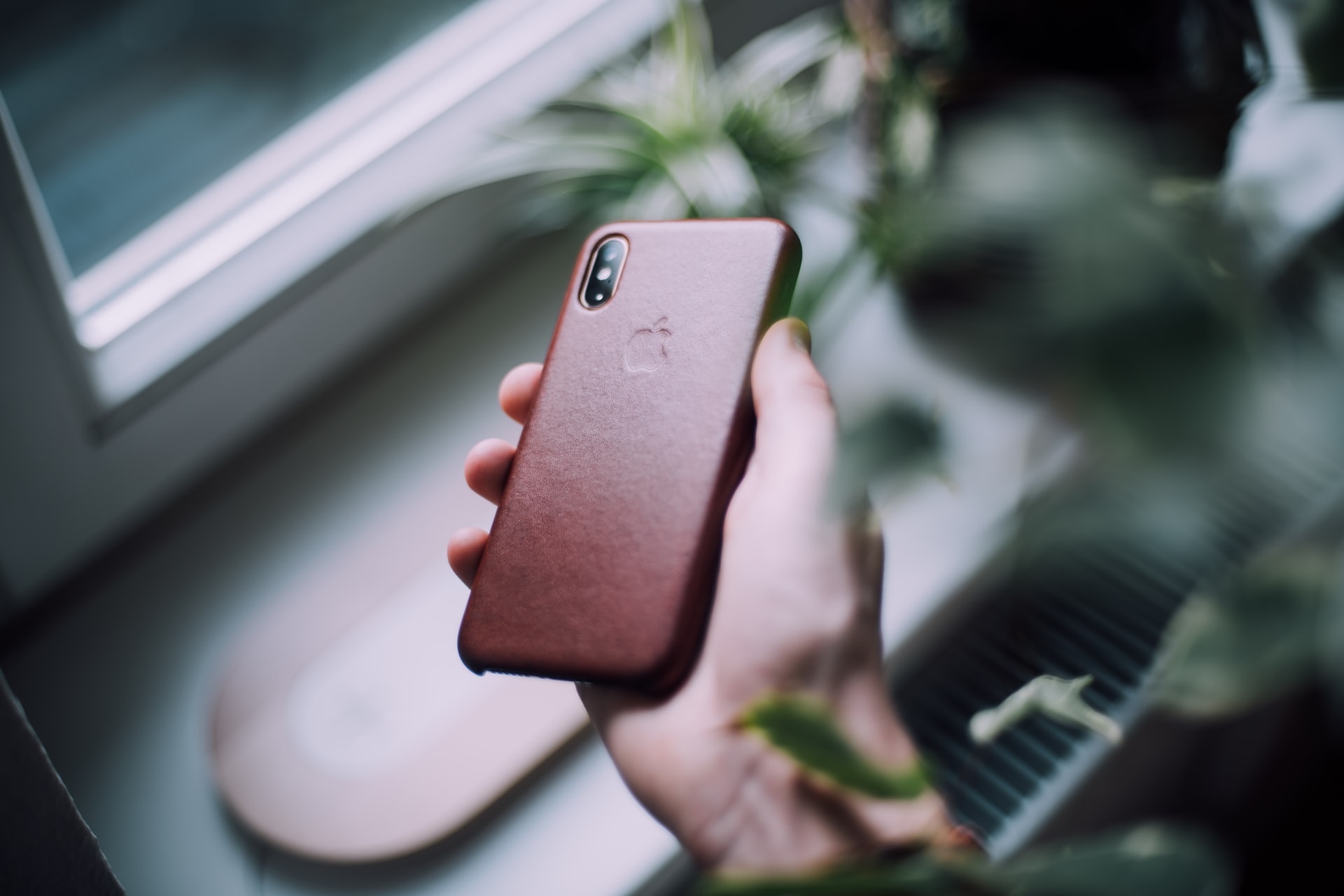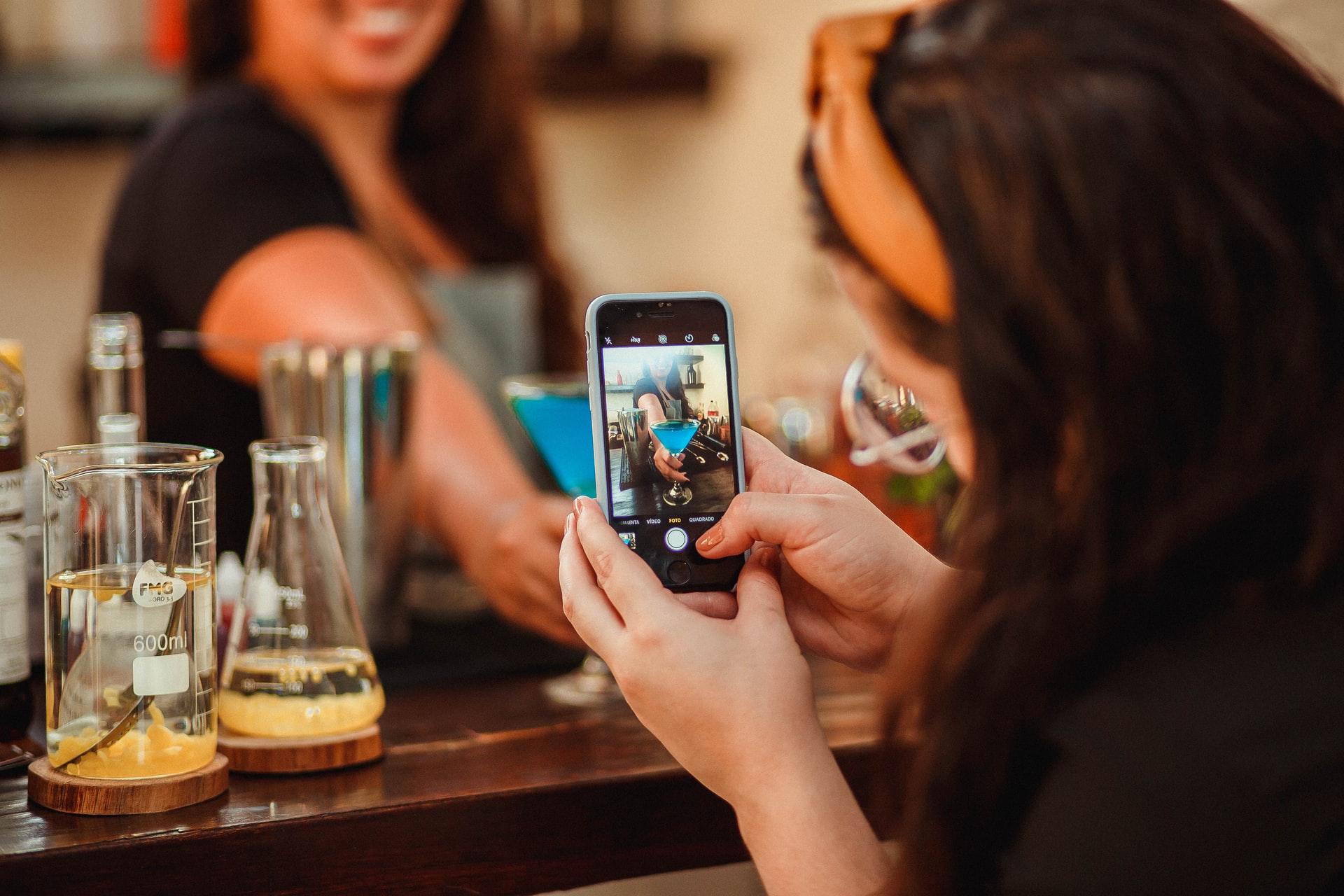How Hiring Instagram Likes It Can Affect Engagement?

What would the world be like without Instagram ‘Likes’? Will obfuscating the likes have an impact on brand engagement? We’re about to find out together.
Instagram recently began testing the ability to hide like numbers for a small number of US accounts. While this test has been operating for months in a number of other nations, including Australia, Brazil, Canada, Ireland, Italy, Japan, and New Zealand, it has received mixed reviews in the United States.
Is it true that hiding likes has an impact on engagement? Will this be the ‘death’ of influencer marketing? What does this signify for the social media strategy of my company? Should I keep posting if my post get a million likes but no one sees it?
Let’s go through everything you need to know about why cheap instagram likes are taking this route, what impact it could have on your business, and how to alter your approach moving ahead.
What’s the Deal with Instagram Hiding Likes?
“We want your followers to focus on what you share, not how many likes your posts get,” Instagram says in an app notification to users who are participating in the test.
There hasn’t been a shortage of studies or think pieces on the different ways social media has harmed us. While these platforms were intended to bring us together, studies have revealed that they have actually had a harmful impact on our mental health, triggering feelings of anxiety, sadness, low self-esteem, loneliness, and isolation in many people.
Facebook (Instagram’s parent company) has even addressed this in blog postings, writing:
We want Facebook to be a site where you can have meaningful conversations with your friends and family, improving rather than detracting from your offline relationships. After all, that has always been the point of Facebook. This is significant because we know that the strength of a person’s connections has a significant impact on their health and happiness.
Instagram (and Facebook) are taking steps to improve the quality and safety of people’s time on their platforms by hiding likes (s). “The objective is to try and depressurize Instagram, make it less of a competition, allow people more space to focus on interacting with people they love, things that inspire them,” said Adam Mosseri, the Head of Instagram.
With less pressure and scrutiny on likes, Instagram hopes to see a bigger volume of postings from users — and fewer posts being deleted due to low like counts.
 What Are the Benefits of Hidden Likes?
What Are the Benefits of Hidden Likes?
While like counts will not entirely vanish, they will be disguised. As a result, if you share a photo, your followers will no longer be able to see the number of likes, but you will be able to see it in your own private view.
The change in the public view of posts can be seen in the example below. Where before there was a like count, there will now only be the name of one person who loved that image, with “others” displayed.
Within the type of private view seen below, the account that posted the image will be able to see both their total like count and all of the users who liked the image. Users can access this view by clicking the “others” link on their postings, similar to how you would click the “like count” link to see all of the people who have previously liked your photo.
What Impact Will Hidden Instagram Likes Have on Your Influencer and Social Branding Strategy?
‘Likes’ have long been a simple way for social media influencers to demonstrate their ability to attract attention and engage audiences. Without the correct technology, marketers would have a harder time finding influencers and tracking their overall engagement rates now that public like counts have been removed.
Although most influencer marketing platforms will still have access to the data of creator and verified Instagram accounts, influencer agencies and brands running manual influencer programs will need to build direct relationships with influencers in order to gain access to this, now private, information.
It will also be more difficult for new influencers to acquire traction with social audiences, and it’s logical to assume that once likes are hidden for all users, the average amount of likes on influencers’ posts will drop a little. In fact, a study of over 154,000 Instagram influencers by HypeAuditor discovered that most influencers lost between 3 and 15% of their likes in regions where likes were concealed.
This raises an underlying issue raised by a number of people: with this adjustment, Instagram would essentially reduce influencer spending. Or, as Jason Peterson of the Times agency put it, “This is just Facebook’s way of owning the influence.”
Gretta van Riel, creator of HeyInfluencers, has been outspoken regarding Instagram’s objectives and the impact this shift could have on the influencer industry:
In the end, corporations spend their ad dollars on Instagram. Many brands will find it far more difficult to measure an influencer’s performance (which engagement is an indicator of) or to determine whether an account has purchased false followers as a result of this move.
⠀⠀⠀⠀⠀⠀⠀⠀⠀⠀
This will make it more difficult for businesses to expand their influencer marketing efforts (without the usage of solutions with integrated social analytics, like @heyinfluencers), paving the door for more paid influencer marketing.
Most marketers, on the other hand, have known for years that likes are only one aspect of interaction, and the most passive one at that. Comments, shares, saves, @mentions, and click-throughs are all much better measures of participation and passion on social media.
As a result, many organizations have decided to abandon the use of like counts as a success metric for their social and influencer marketing initiatives.
The removal of like counts may help to fix critical areas where the social influencer ecosystem has veered off course, allowing the industry to move closer to the more real experiences and relationships that nano and organic influencers generate.
In a recent Guardian piece, FamePick’s Mark Zuvella observed, “It’s a moment of reckoning for the [influencer] industry.” People who are faking it will fade away, while those who are genuine will shine.”
“The future of Instagram will be about true impact rather than bloated credit,” says Susan Frech, CEO of Social Media Link, reaffirming the renewed emphasis of authenticity.
 The Future of Instagram Strategies
The Future of Instagram Strategies
So, what does your brand’s life after Instagram like counts look like? Here are some tweaks to your Instagram strategy that you may use to be successful in a post-like world:
Loyalty is more important than likes – The need to transition from a strategy of like-getting and follower-building to one of community and relationship-building is a key message that brands and influencers should take away from this Instagram transformation.
Prioritize content and messaging that are not only relevant to your target consumers, but also encourage deeper conversations and interactions.
Create more authentic content experiences — Now that the pressure to obtain likes is gone, brands and influencers can concentrate on the quality, transparency, and authenticity of the content they post. People prefer and are more affected by authentic, user-generated content than by brand or influencer-created material, according to studies, so give them more of the real and relatable content experiences they desire.
Diversify your content mix — It’s worth noting that Instagram Stories, the ephemeral content on which the platform is mainly focused, has never revealed like counts but has continued to increase in popularity with users. Brands will be able to focus on creating a greater diversity of content experiences for Instagram users via Stories and IGTV as like counts fade away.
Concentrate on natural influencers – Beginning to move your focus away from traditional influencers and toward organic influencers — your passionate advocates who are already organically creating material online about your brand — is a wonderful approach to create loyalty while also delivering more authentic and diverse experiences for customers. Building an organic influencer community can help you strengthen 1:1 customer interactions while also expanding your asset library with unique, high-performing pictures.
Ditch vanity metrics – If you haven’t done so previously, now is the moment to stop tracking vanity metrics like likes and follower counts and start focusing on actions that signal engagement, enthusiasm, and purchase intent. As previously stated, these KPIs can track data such as @mentions, comments, shares, saves, clicks, and conversions. By combining more real and diverse content with clearer calls-to-action for your audiences, you may improve the performance of these KPIs.







